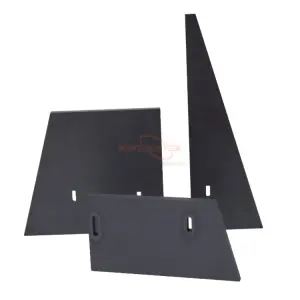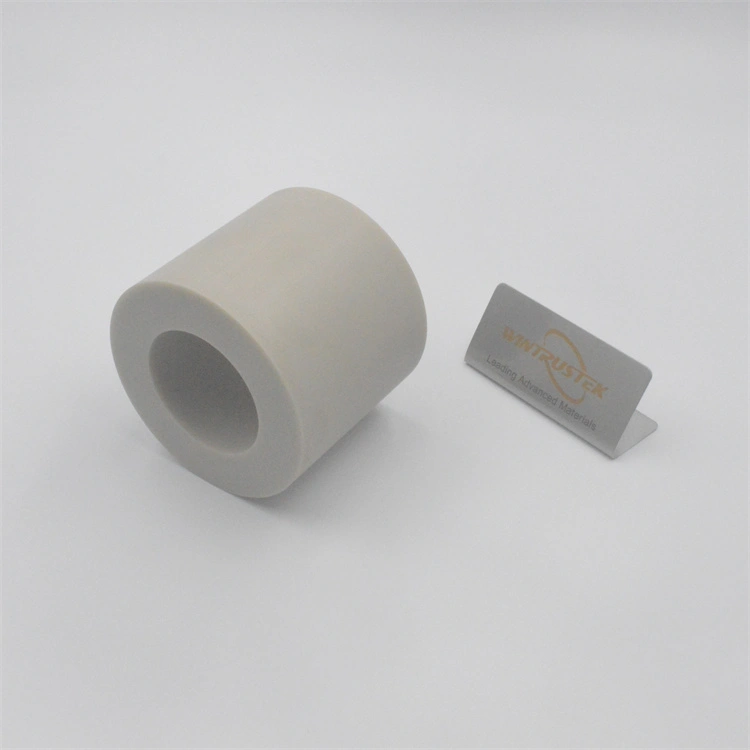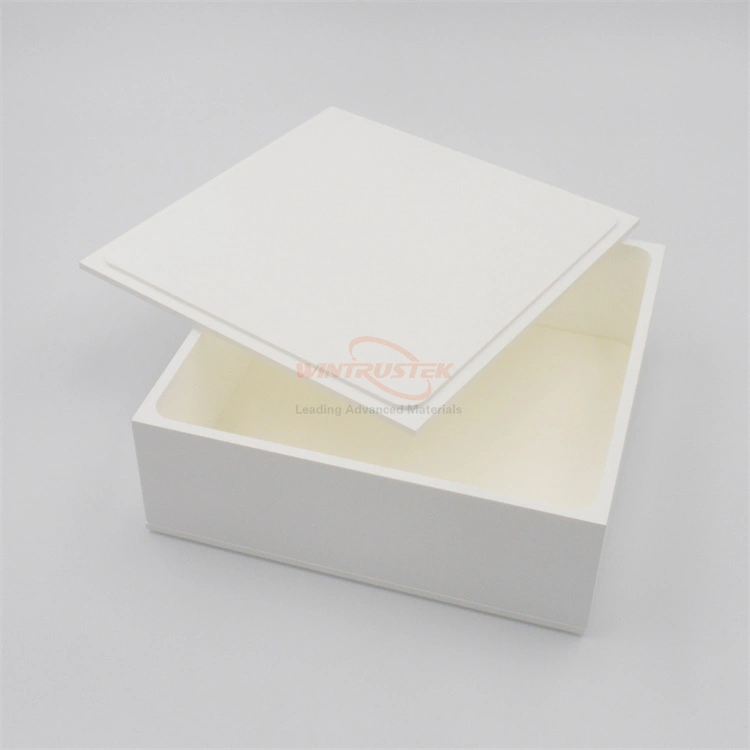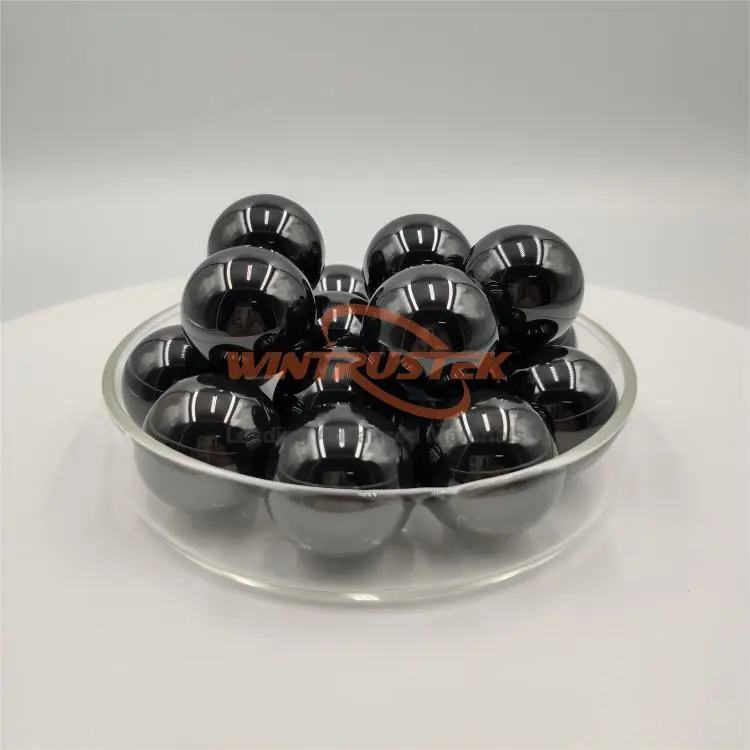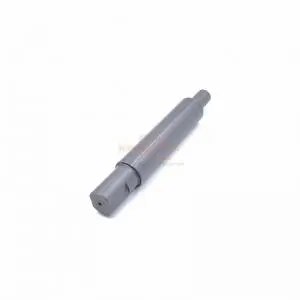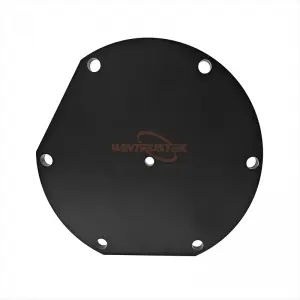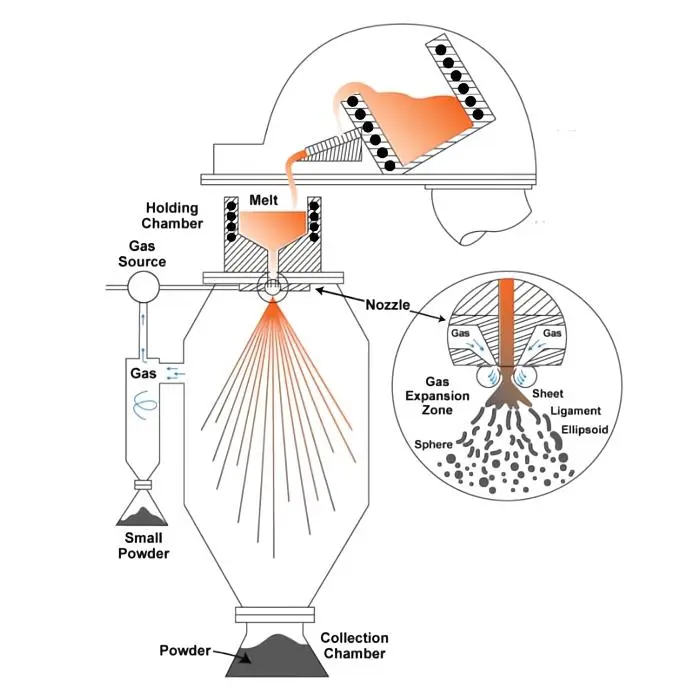
Gas Atomization Process
In recent years, because of the rising demand for metal powders on the market, ceramics made of boron nitride have become increasingly popular for use in molten metal atomization.
Atomization is the process of transforming a material that is either solid or liquid into its free gaseous state. This process is commonly used in the molten metal industry to make fine metal powders out of materials like aluminum, iron, stainless steel, and super-alloys.
The process of atomization of molten metal can be broken down into three distinct stages.
First, you will need to pour the molten metal through a nozzle made of Boron Nitride (BN).
After that, high-pressure streams of water or gas should be used to spread out the liquid metal.
Last but not least, gather the high-quality metal powder that has settled to the bottom, and put it to use in 3D printing and other critical industries.
Atomization can be accomplished in a number of different ways, including through the use of water and gas.
1. Water Atomization
Most of the time, water atomization is used to make metal powder, especially for metals that are made of iron. It is responsible for between 60 and 70 percent of the global production of iron powder. The atomization of water can also be used to make large amounts of copper, nickel, stainless steel, and soft magnetic powders.
Water atomization has become more popular in the powder metallurgy industry because it costs less than some other methods. Compared to gas and other jet materials, it uses less energy to run and has a higher level of productivity. When dealing with reactive metals and alloys, however, water atomization is ineffective. This results in the creation of gas atomization as well as other atomizing methods.
2. Gas Atomization
The atomization of gas differs from the atomization of water in several ways. In the process of separating the liquid metal, water atomization makes use of water jets, whereas gas atomization makes use of high-velocity gas. While the pressure of the medium has a significant impact on the atomization of water, this factor does not play a role in the atomization of gas. The gas atomization process can also be used on a more extensive variety of materials. Gas atomization is widely used in the powder metallurgy of zinc, aluminum, and copper alloys. This is due to the desirability of the features that have been discussed above.
In the atomization process, the requirements for nozzles are as follows:
There is a wide variety of equipment available for use in the atomization process. To begin, either a very low-pressure environment or one with a high vacuum must be present. In addition to that, jet materials such as water or gas are absolutely necessary. Most importantly, the atomization process couldn't go smoothly without well-designed nozzles. Broken or clogged nozzles can disrupt the process of producing powder, so having well-designed nozzles is essential. Therefore, a nozzle needs to fulfill the aforementioned requirements.
High Hardness: In order to prevent cracks in the nozzles used in the atomization process, the materials used must be of a high level of hardness.
High Thermal Shock Stability: Robust materials are used to ensure that the product will continue to function perfectly even when exposed to high temperatures.
What properties make Boron Nitride an ideal material for a metal atomizing nozzle?
Boron Nitride, Silicon Carbide, and Zirconia are the three components that make up our specialized BN ceramic composite material. Due to its extreme hardness and stability, this material is ideal for use in industries that deal with molten metal. Here are its excellent properties:
Excellent strength
Good thermal performance
Easily machinable
Less clogging in the atomizer
In conclusion, Boron Nitride ceramics have remarkable strength and thermal performance that is remarkably stable, making them an ideal choice for making the nozzles that are used in the atomization of molten metal.








